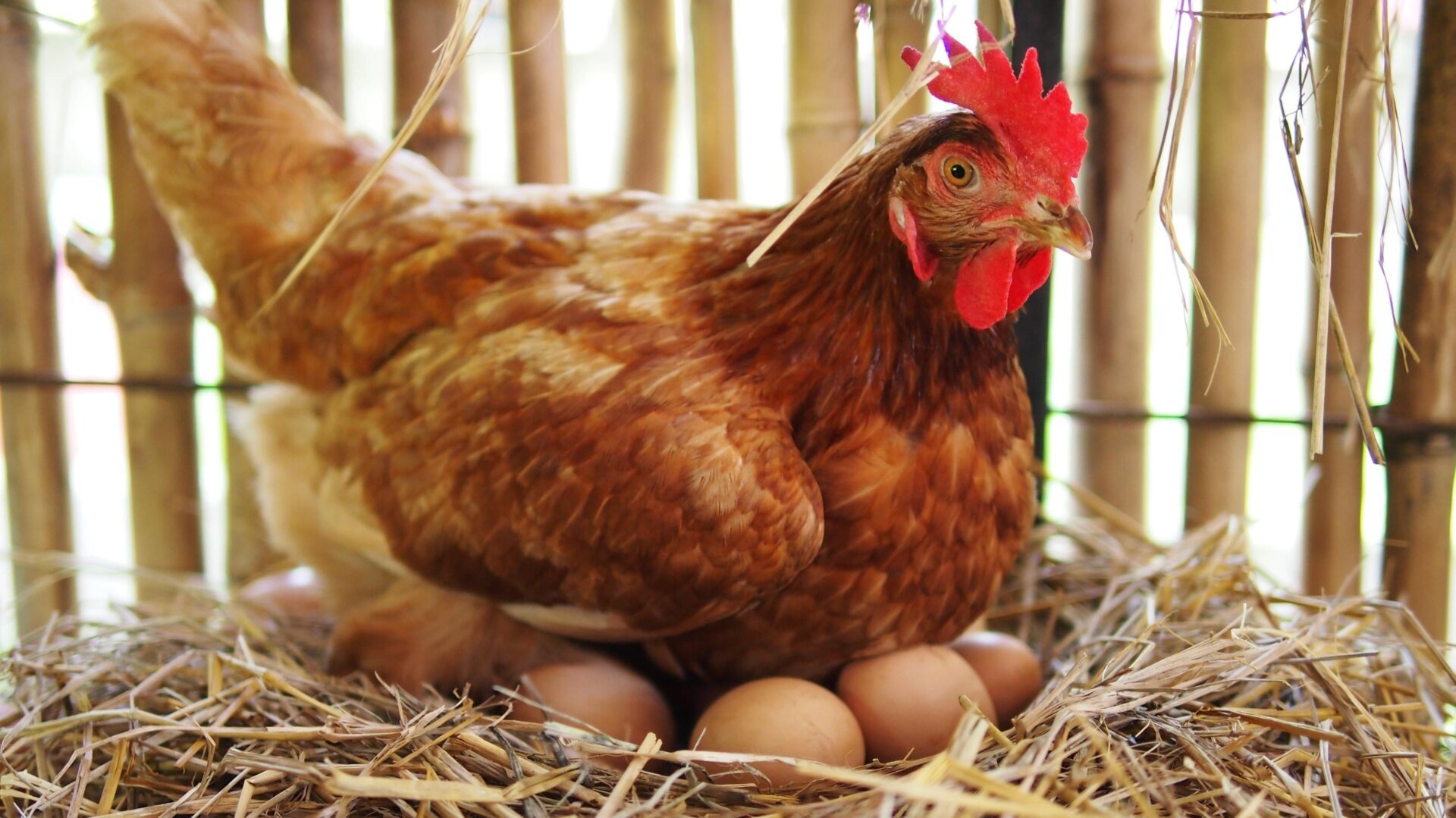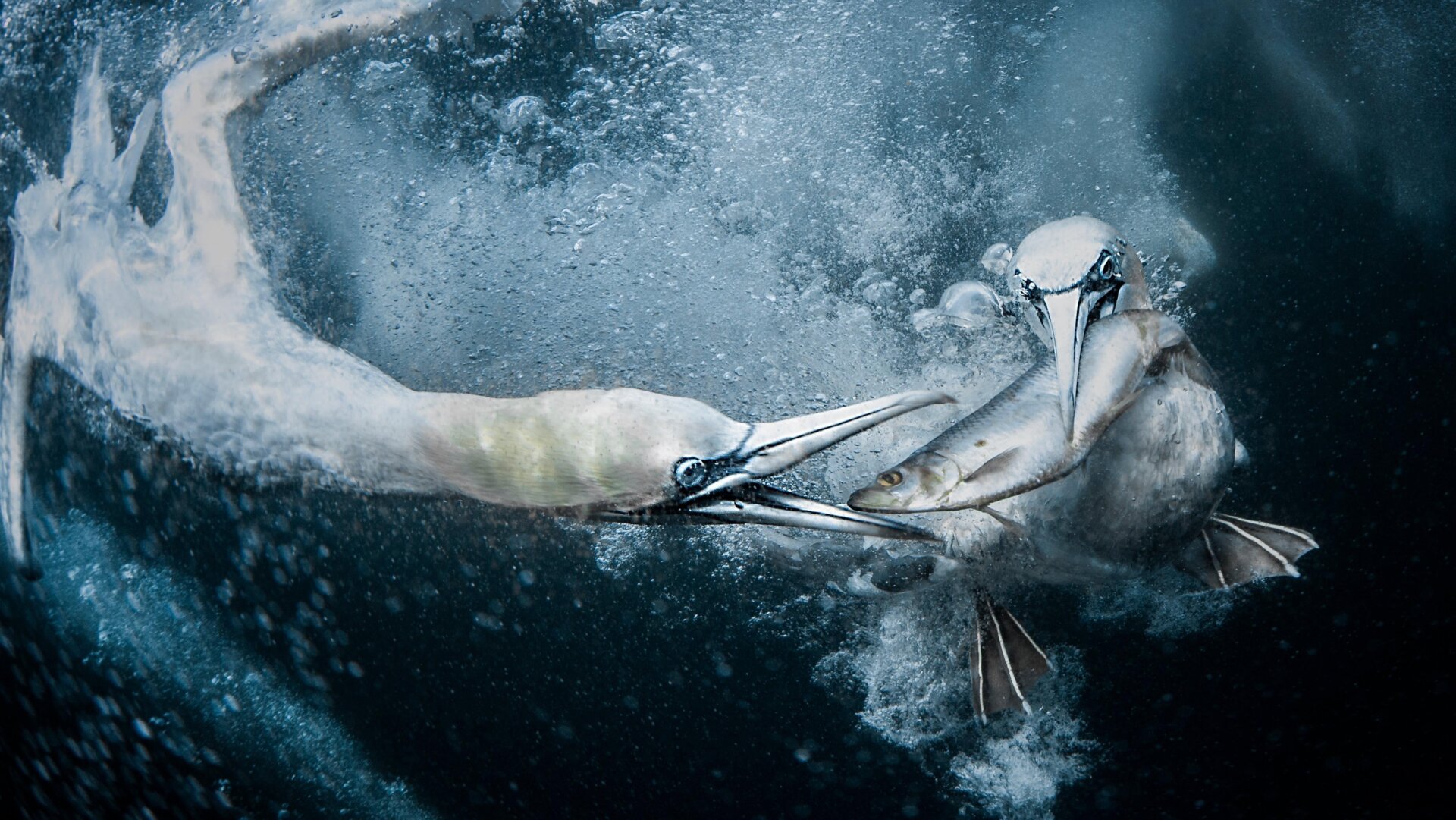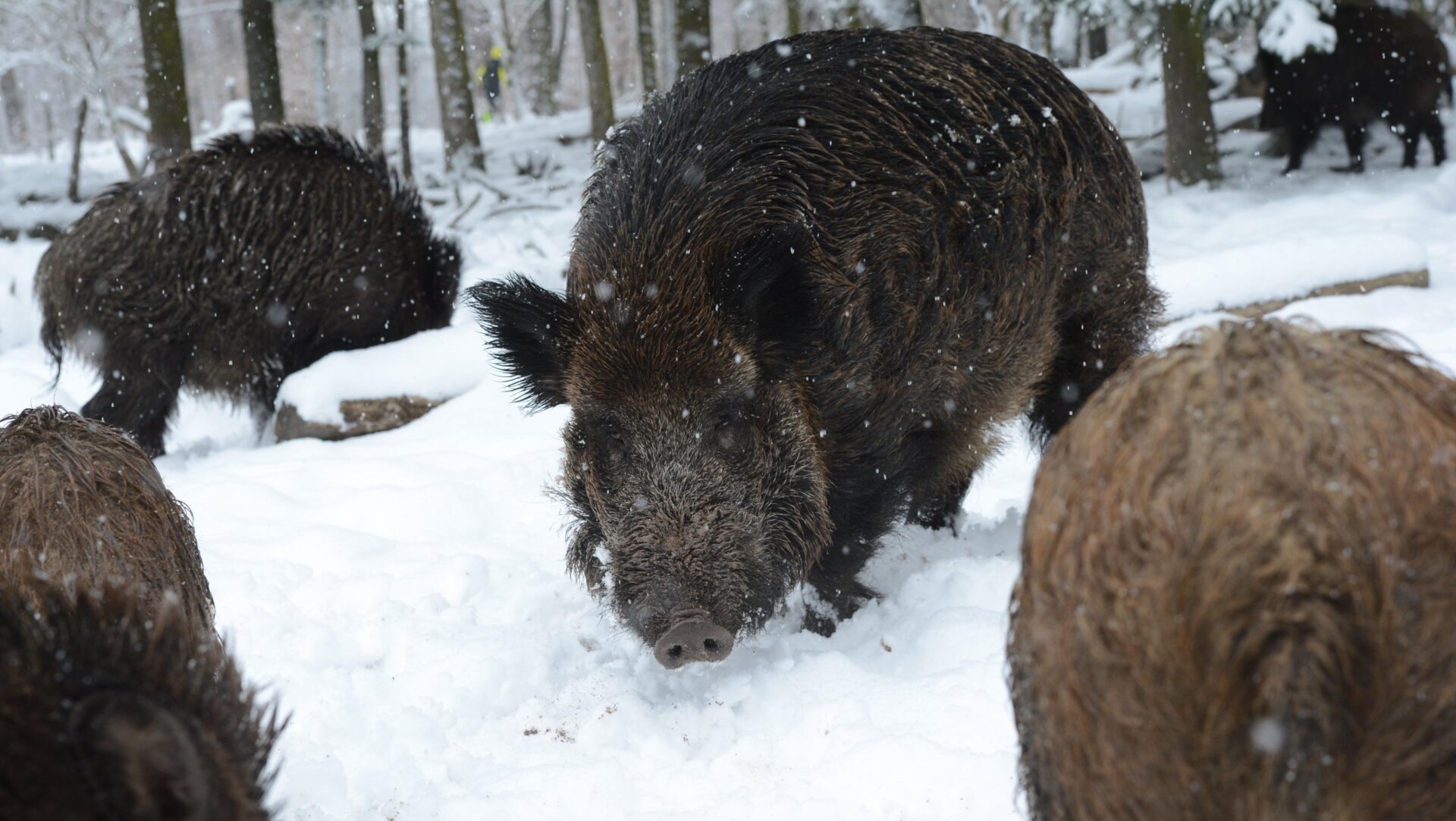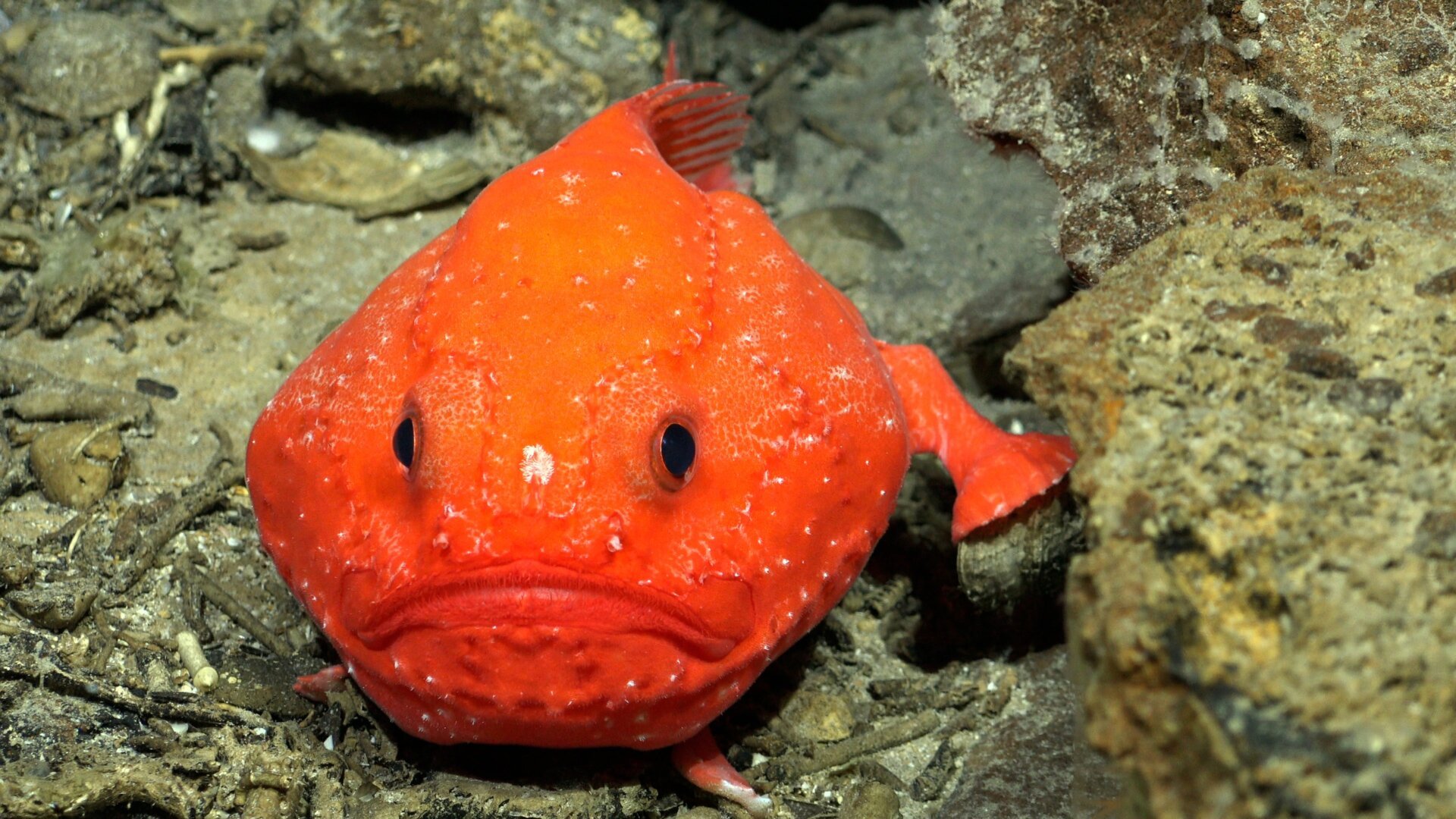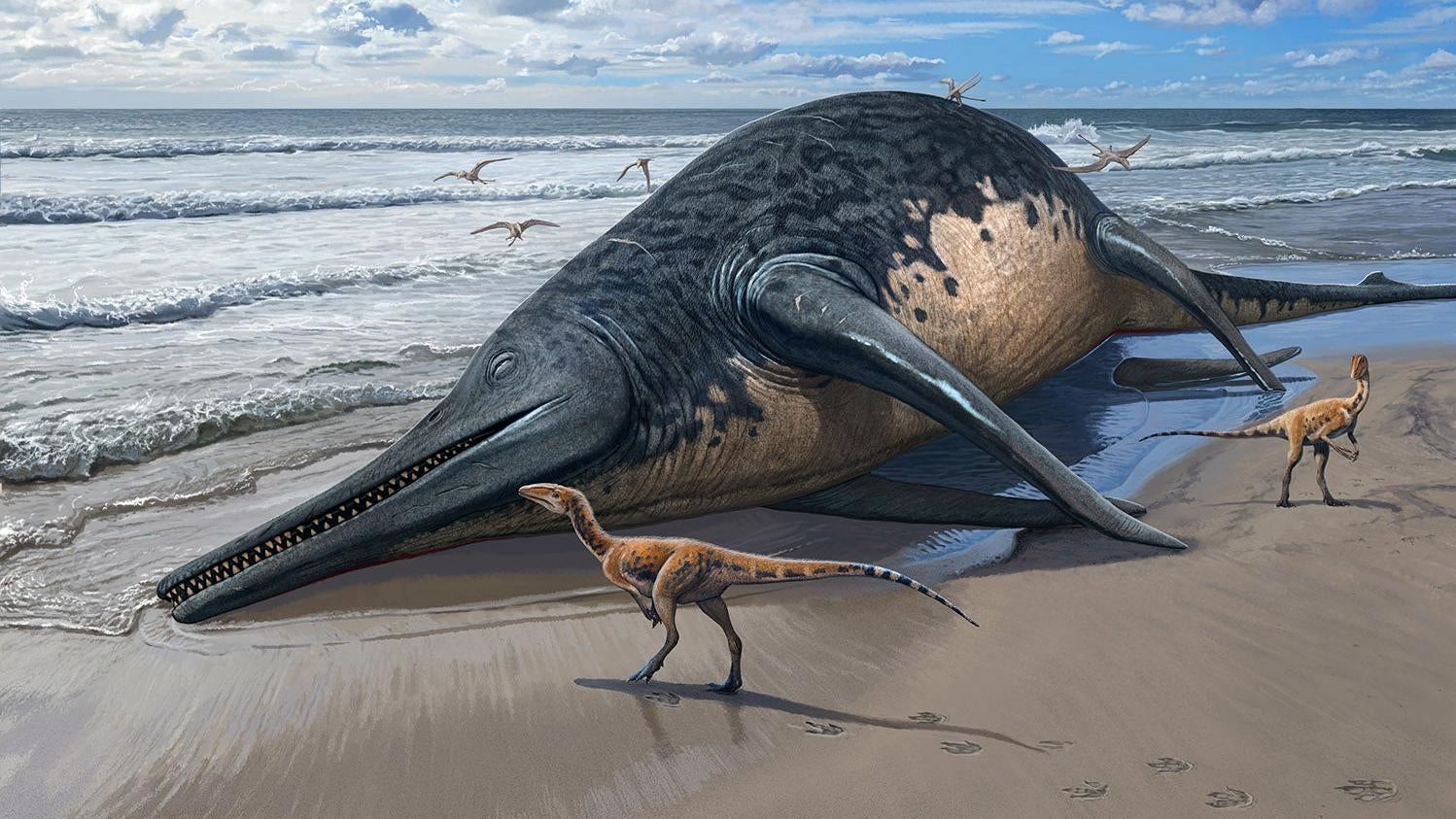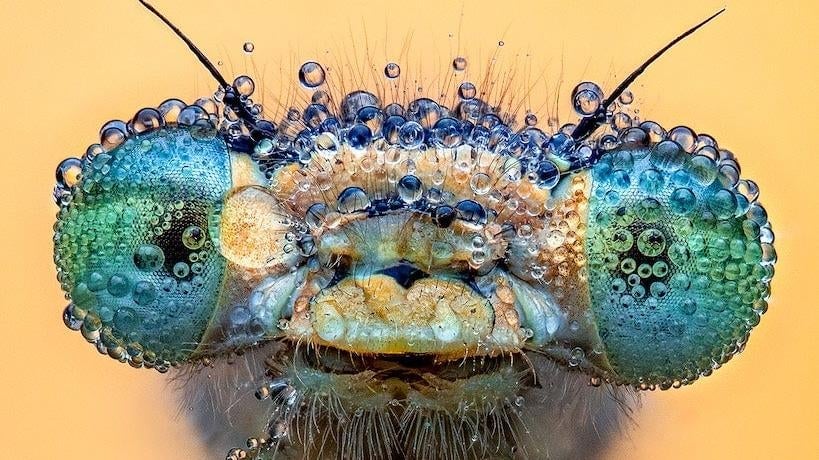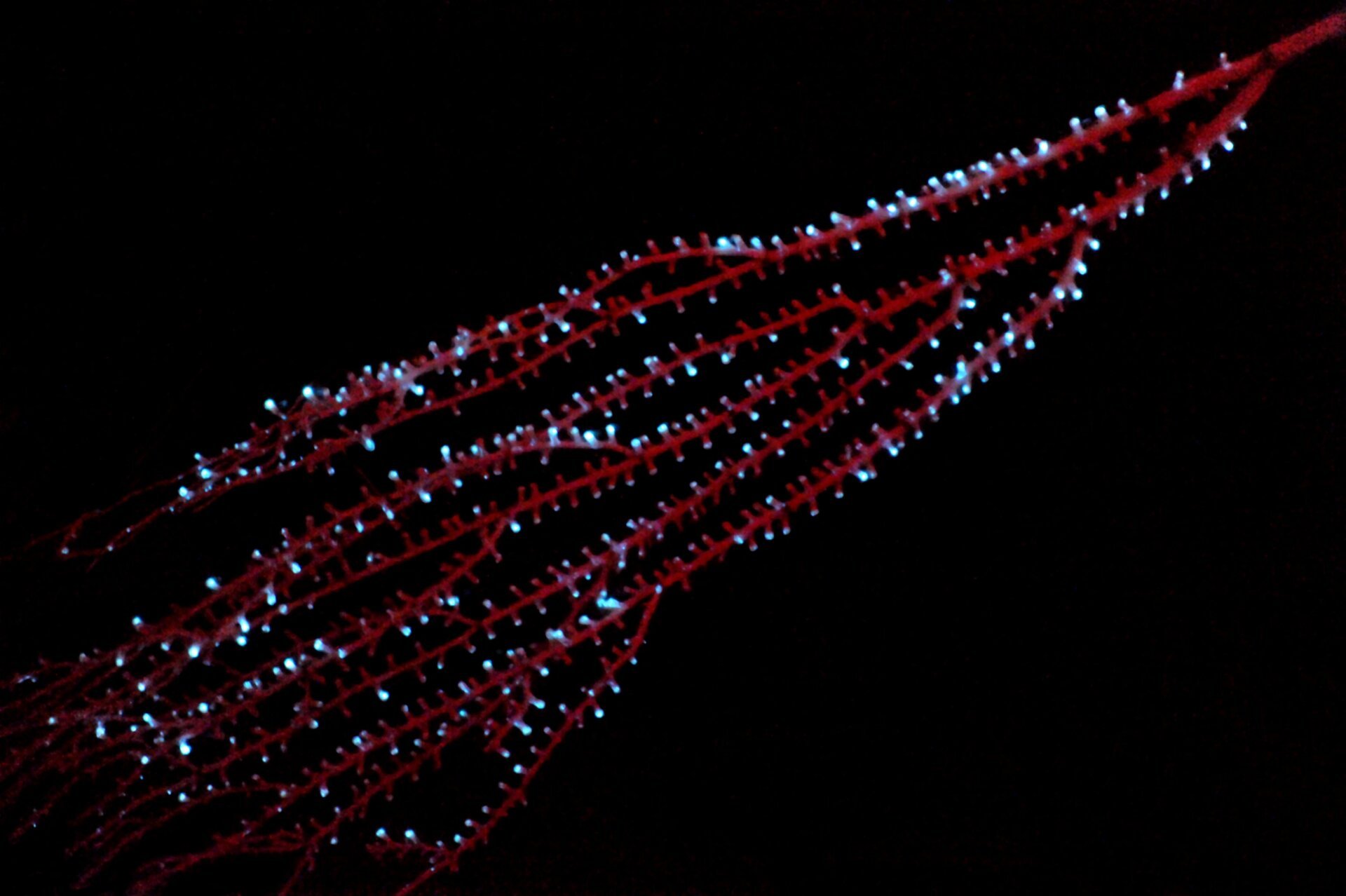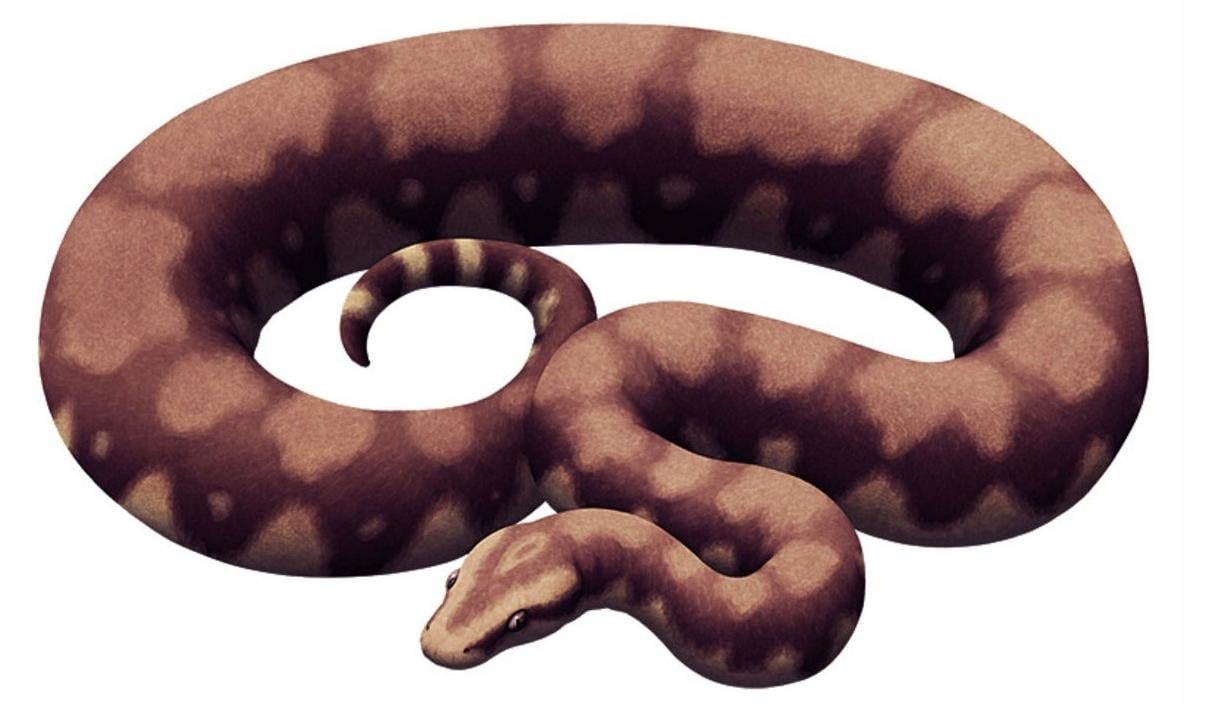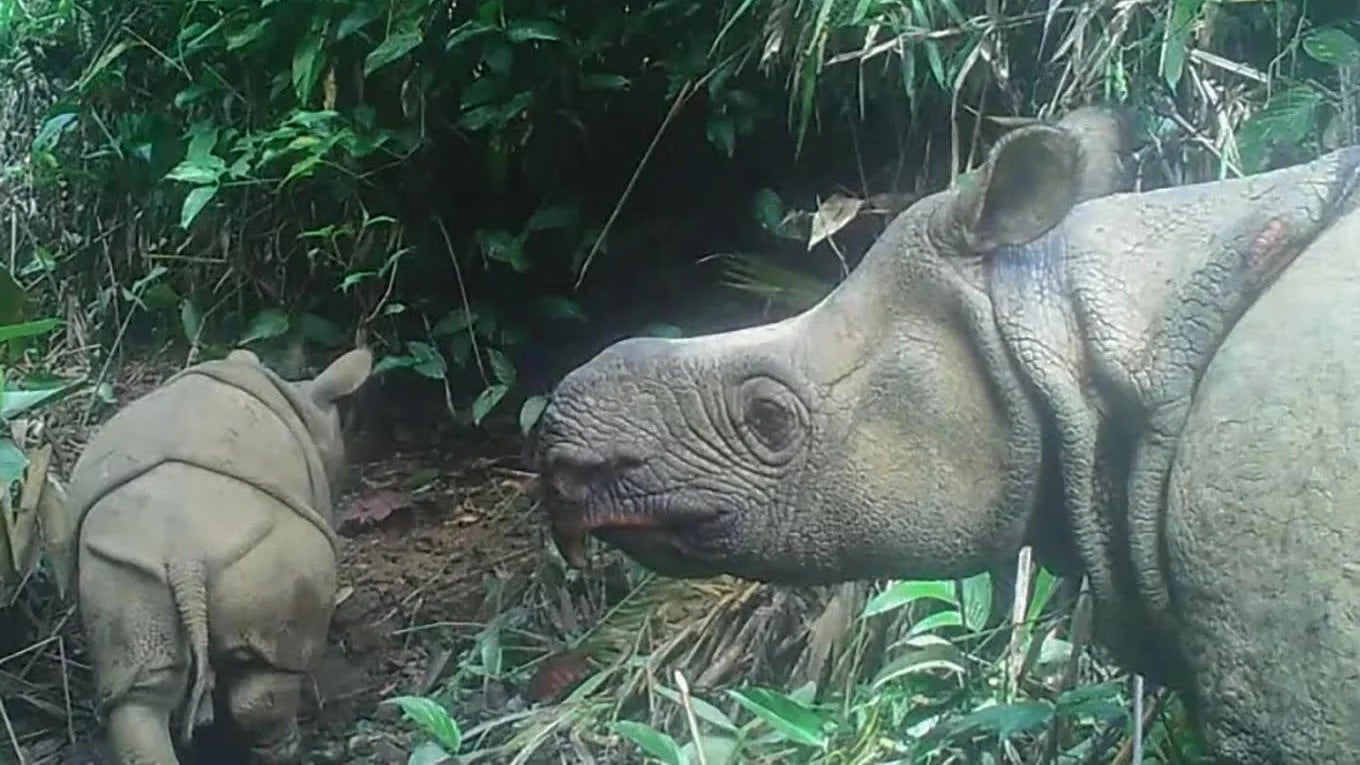The love of chicken eggs is a global phenomenon, but its origins may surprise you. New archaeological research suggests that humans in Central Asia began raising chickens for their eggs as early as 400 BCE, much earlier than previously thought. This practice, originating along the Silk Road, likely contributed to the chicken’s widespread domestication and its eventual place as a kitchen staple worldwide.
The red junglefowl, a wild bird still found today, is the ancestor of the modern chicken. However, pinpointing the exact timeline of chicken domestication has been a challenge for scientists. Fragile eggshells and bones don’t preserve well, and the remains of similar-sized birds like pheasants or geese have often been misidentified as chicken.
Recent advancements in genetic analysis are finally providing clarity. A new study, published in Nature Communications, analyzed eggshell fragments from 12 archaeological sites along the Silk Road, dating back 1,500 years. These sites, once bustling trade hubs, yielded a surprising abundance of eggshells. The quantity suggests chicken eggs were a valued commodity, potentially traded alongside silk and other goods. Furthermore, the frequency of egg production exceeded what would be expected from wild red junglefowl, hinting that these early chickens might have already lost their seasonal laying patterns.
“This is the earliest evidence for the loss of seasonal egg laying yet identified in the archaeological record,” explained Robert Spengler, a researcher at the Max Planck Institute of Geoanthropology and senior author of the study. This discovery supports the idea that humans were actively managing chicken populations for egg production.
Based on their findings, the researchers estimate that widespread chicken farming for eggs began in Central Asia sometime between 400 BCE and 1000 CE. This readily available source of eggs likely boosted the chicken’s popularity, paving the way for its global domestication.
While this study sheds light on a crucial period in chicken domestication, many questions remain. Some research suggests the process began as early as 10,000 years ago, while other estimates place it around 5,400 years ago. Multiple domestication events across Southeast Asia and India, potentially involving other related bird species, have also been proposed.
Despite the ongoing debate, this new research provides valuable insights into the complex relationship between humans and chickens. “This is an important clue for better understanding the mutualistic relationships between humans and animals that resulted in domestication,” said Spengler. The story of the chicken egg, it seems, is far more intricate and ancient than we might have imagined.



